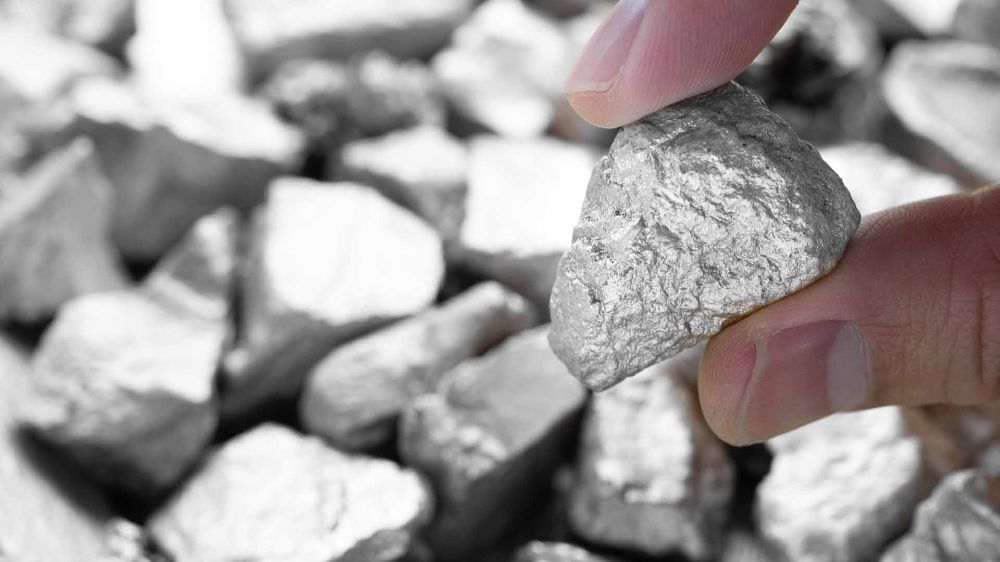Silver is the metal that, along with gold, has been known to people since the predynastic period. While Upper and Lower Egypt gradually formed a single state, and a succession of pharaohs succeeded each other on the throne, silver was very rare and was valued more than gold.
Archaeologists attribute the first samples of silver to 5000-3400 years. BC e. It was brought in those days, presumably from Syria, which is considered one of the first deposits of this noble metal.
The discovery of America in 1492, which immortalized the name of Christopher Columbus in world history, brought scientists not only the opportunity to increase the area of \u200b\u200b the studied land on the map, but also to discover the richest deposits of silver - the Cordillera from Alaska to Tierra del Fuego remain the main source of silver.
Mexico, in which about 205 thousand tons of metal was mined in 1521-1945, at that time was a true silver treasury. To date, it continues to hold a leading position, extracting about 3 thousand tons of silver annually.
Moving from a global to a local scale, we recall that the first silver deposit in Russia was the Nerchinsk mines of Transbaikalia in 1704. Altai was second in a row, yielding, however, in terms of the amount of metal mined.
The middle of the 20th century is not only the most dramatic page in world and Soviet history, but also literally a silver coin in its “piggy bank”. During this period, numerous deposits were developed in the Far East, which are still used today.
Silver nuggets are one of the most common types of sources in which this metal is mined. To date, the production of native silver is 20% of all silver production. If you delve into the essence of the process, then you need to take into account some digital data. For example, silver ores contain up to 80% silver (argentine - compounds of silver and sulfur), but the bulk of silver is still obtained during the smelting and refining (purification) of lead and copper.
Another common source of silver is ore. In this case, the noble metal is obtained by cyanidation and amalgamation.
Let us consider in more detail the methods of extracting silver from ores.
Cyanidation of silver is the dissolution of the metal in aqueous solutions of cyanide alkalis.
Hence the name of the process itself. The discovery of cyanidation occurred in 1843 and belongs to the Russian scientist P. R. Bagration.
Silver-bearing ore is delivered to special metallurgical plants. Under the influence of cyanide and atmospheric oxygen, the silver contained in the mineral dissolves in cyanide. The result is a silver-containing solution, which is filtered (using zinc dust) and a silver precipitate is obtained. Sulfuric acid helps to remove excess impurities and the resulting residue is washed, filtered, evaporated and then fused.








